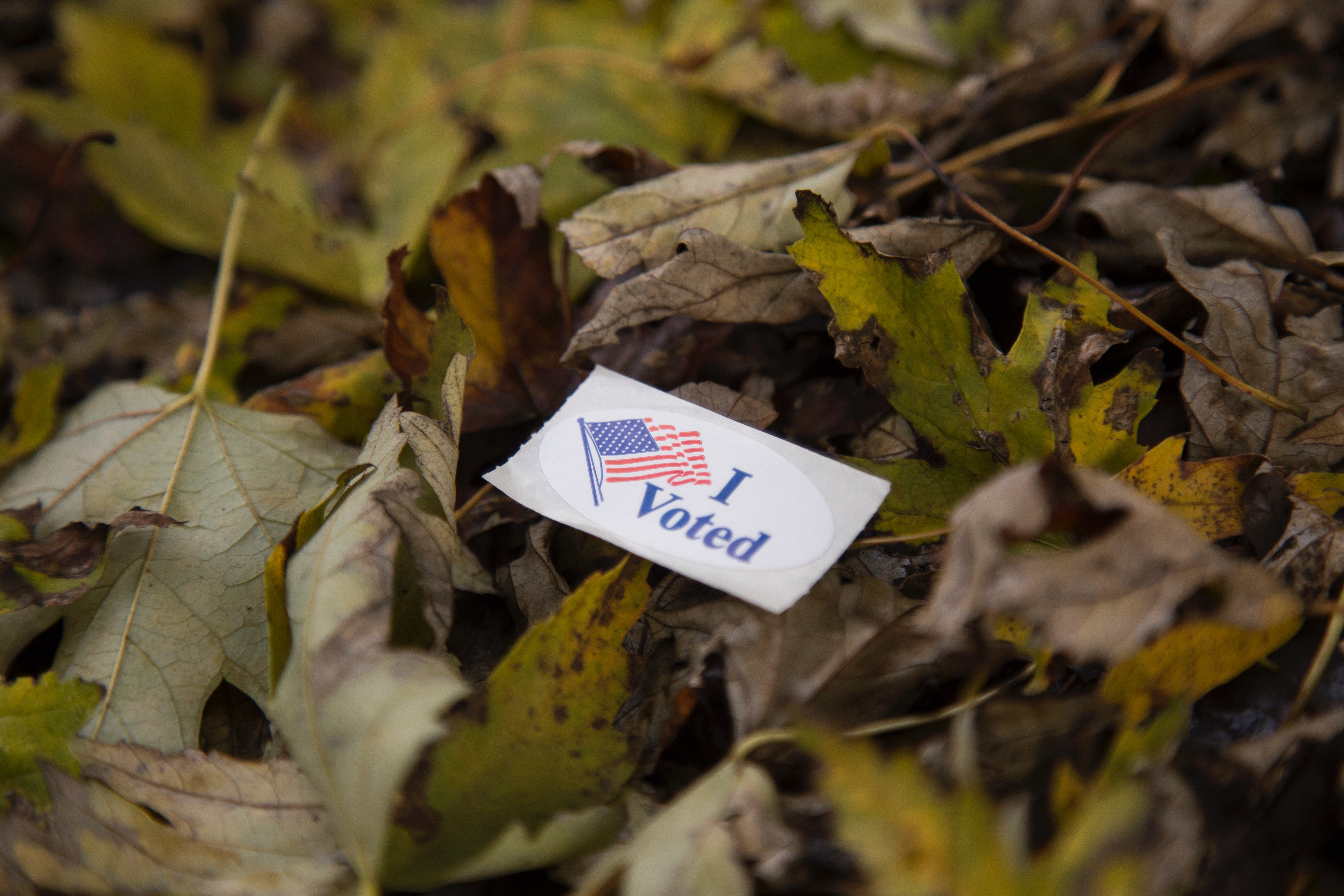A recent piece from FiveThirtyEight on an imaginary primary calendar for the Democrats got me thinking. There really is no good reason to continue letting Iowa and New Hampshire dictate so much about U.S. elections. Candidates who would otherwise be viable are forced out because of poor showings in these unrepresentative states. And candidates who might otherwise sink are buoyed by winning one of these states.
There is simply no reason for this. Every state should be offered a chance to help with the winnowing of candidates. And yet a national primary day would hurt more than it would help.
How could we fix it? What would make it more fair? I have a fairly simple proposal that seems to address it.
How about if we group the states into regions of approximately the same population, and then held primaries for each group every two weeks from early February until mid-June? The order of the groups would change from election to election, and over time each would get to be first, and each would take a turn being last.
Regional groups make sense in order to reduce candidate's traveling time. A primary day that includes Alaska, Alabama, Arkansas, Colorado, Georgia, Massachusetts, Minnesota, North Dakota, Oklahoma, Tennessee, Texas, Vermont, Virginia, and Wyoming make very little sense.
I know it probably couldn't be implemented by then, but here is a first pass at such a schedule for 2020:
| Date | Group | States | Electors |
|---|---|---|---|
| Feb 4 | Group A | AL, FL, GA | 52 |
| Feb 18 | Group B | AZ, CO, ID, OR, NV, UT, WA | 55 |
| Mar 3 | Group C | AR, KS, LA, MS, MO, TN | 47 |
| Mar 17 | Group D | AK, CT, HI, ME, MA, NH, RI, VT | 40 |
| Mar 31 | Group E | CA | 53 |
| Apr 14 | Group F | DE, MD, PA, OH | 51 |
| Apr 28 | Group G | DC, KY, NC, SC, VA, WV | 53 |
| May 12 | Group H | IL, IN, MI | 47 |
| May 26 | Group I | IA, MN, MT, NE, ND, SD, WI, WY | 43 |
| Jun 7 | Group J | NJ, NY | 50 |
| Jun 21 | Group K | NM, OK, TX | 43 |
(I use electors here as a surrogate for population. I know it's not precise, but these divisions don't need greater precision.)
Alaska and Hawaii are grouped with New England, mostly because they don't have an obvious place and New England was the smallest group. But perhaps they should go with California. And I didn't include Puerto Rico, American Samoa, etc. The point here isn't the details. Those could be determined by whatever blue-ribbon commission is given the job.
Now of course this leaves New Mexico, Oklahoma, and Texas until the very end, and that hardly seems fair, but it would be shaken up every cycle. Here's one possible calendar of groups for each biweekly primary:
| Year | 1 | 2 | 3 | 4 | 5 | 6 | 7 | 8 | 9 | 10 | 11 |
|---|---|---|---|---|---|---|---|---|---|---|---|
| 2020 | A | B | C | D | E | F | G | H | I | J | K |
| 2024 | F | A | J | I | G | E | K | C | B | D | H |
| 2028 | K | G | B | F | C | H | J | I | E | A | D |
| 2032 | E | F | D | B | K | G | H | J | A | I | C |
| 2036 | J | C | E | K | I | D | B | F | H | G | A |
| 2040 | D | J | G | H | B | I | A | E | C | K | F |
| 2044 | I | D | K | C | A | B | F | G | J | H | E |
| 2048 | C | H | F | G | D | J | I | A | K | E | B |
| 2052 | H | K | A | E | J | C | D | B | G | F | I |
| 2056 | B | I | H | J | F | A | E | K | D | C | G |
| 2060 | G | E | I | A | H | K | C | D | F | B | J |
Again, the specific details are not important. Any Latin Square would do, and there are likely many other reasonable ways to arrange them.
I have no idea what legal framework would be required to implement something like this. Elections are mostly left to the states. But this could be an interstate compact, or even something that the Federal government supports with incentives states wouldn't want to forego.

